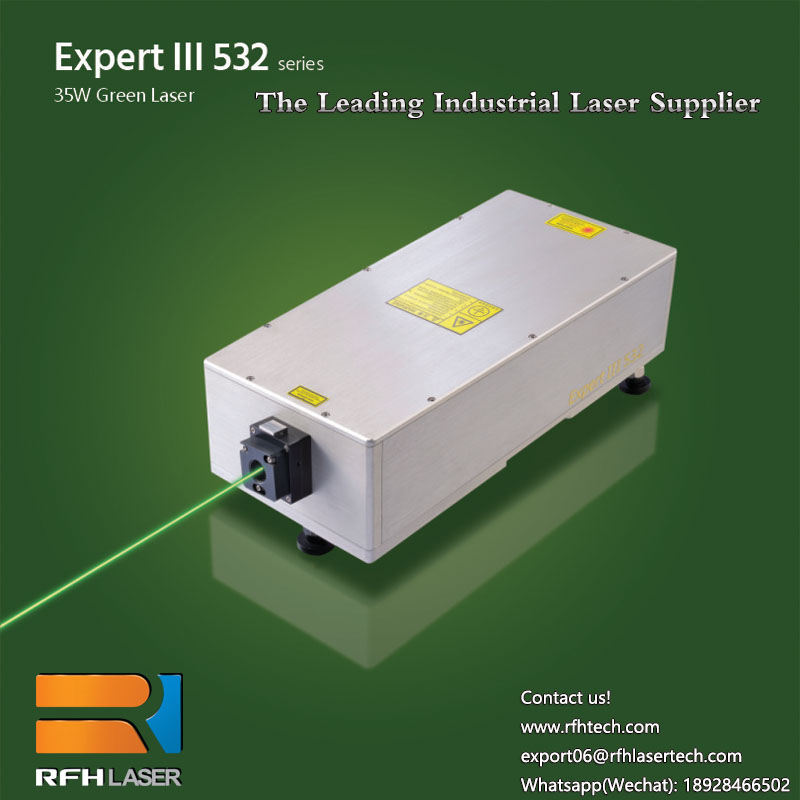Basic principles of paint peeling using laser markers
May 06 , 2021Laser Etching
This section introduces laser processing-based peeling through examples.
Basic principles of paint peeling using laser markers
Paint peeling example — On-board instrument panel switch coating removal
Basic principles of surface peeling using laser markers
Surface peeling example 1 — ITO film removal
Surface peeling example 2 — Peeling off gold plating from connector terminals
Recommended models for surface peeling, organised by material
Basic principles of paint peeling using laser markers
This process involves using a laser to peel the surface coating of plastic in order to expose the base material or the coating underneath.
In the shift lever processing example below, coating removal is used to remove the black coating on the plastic to allow light to pass through. Laser-based paint peeling is also useful for peeling layers in multi-coated plastics to expose, for example, the black coating, the black and red coating, or the black, red, and green coating.
Shift lever paint peeling
Shift lever paint peeling
Shift lever paint peeling
Paint peeling example — On-board instrument panel switch coating removal
Application Explanation
On-board instrument panel switch paint peeling
On-board instrument panel switch paint peeling
Conventional methods required products to be printed or the coating on the product to be removed using a removal agent (remover) or some other means. This, however, requires printing plates to be made for each design or increased running costs to cover the required chemical solutions. Using a laser marker makes peeling possible for any design through laser irradiation.
In recent years, cars with illuminated switches have become more common, resulting in a rapid increase in the adoption of laser marker methods.

Using a high peak power, short-pulse YVO4 laser marker enables momentary high-energy irradiation of a target. This allows for detailed finishing edges without any heat being applied around the processing location. This ensures high-quality processing even for design surfaces.
High-quality processing is possible for design surfaces with detailed edges.
High-quality processing is possible for design surfaces with detailed edges. -
Basic principles of surface peeling using laser markers
Surface peeling is a process in which the coating, plating, or other surface layer of a target is peeled in order to expose the underlying material.
In reference to paint peeling—where the film coating is removed—any application where plating or other coating are removed can be referred to as surface peeling. As shown in the figure below, a grounding point is created by removing the alumite surface layer (insulating layer).
Alumite layer peeling
Alumite layer peeling
Alumite layer peeling
Surface peeling example 1 — ITO film removal
Application Explanation
Touch panel patterning
Touch panel patterning
Attaching ITO film (transparent conductive film) to a glass substrate is an essential step in the manufacturing of flat panel displays. In conventional methods, chemicals or the like are generally used for wet etching patterns. However, using such chemicals can require costly equipment investment, and running costs tend to increase. Here, however, the film around the circuit is removed using a laser marker, thereby blocking conduction with peripheral parts.
ITO film removal
Using a high-peak-power, short-pulse YVO4 laser makes it possible to ensure satisfactory processing with no damage to the glass or film, and no increased turbidity.
And because no chemicals are used, running costs can be kept low, and expansion/contraction of the film due to moisture can be prevented.
Compared with wet etching, laser processing is inexpensive and does not require a lot of space, so capital investment can be determined by production quantity.
Surface peeling example 2 — Peeling off gold plating from connector terminals
A laser is used to peel the gold plating from the terminals.
The goal of this process is to prevent the solder from rising up (nickel barrier). Masks were used to prevent unnecessary plating with conventional methods, but as the drive for product size reduction and miniaturisation progressed, terminals became more fine-pitched, thereby leading to the popularisation of post-processing using a laser marker capable of microfabrication.
Nickel barrier
Preventing solder absorption
Preventing solder absorption
Peeling of gold plating from connector terminals
Creating a nickel barrier is a technique that creates an area with low solder wettability between the PCB mounting and contact points. The creation of this area prevents solder rise up and reductions in joint strength.
Advantages of laser processing
Reduced running costs and improved processing takt
Eliminating the need for printing plates and chemical release agents (removers) associated with conventional methods results in drastic reductions in running costs. In addition, whereas conventional methods required changing printing plates for every design change, laser markers make it possible to change the design simply by importing the new data to the software, thereby helping to shorten processing takt time.
Support for complex 3D shapes through 3-axis control
Using 3D CAD data (STL format), the actual profile of the target can be imported into Marking Builder 3 and used as the base of the layout. This enables users to perform laser etching on targets that have complicated profiles and cannot be expressed with basic shapes, such as cylinders and step height changes.